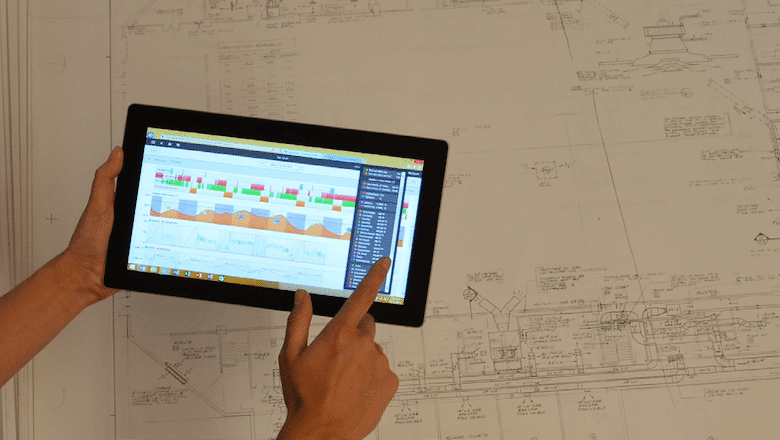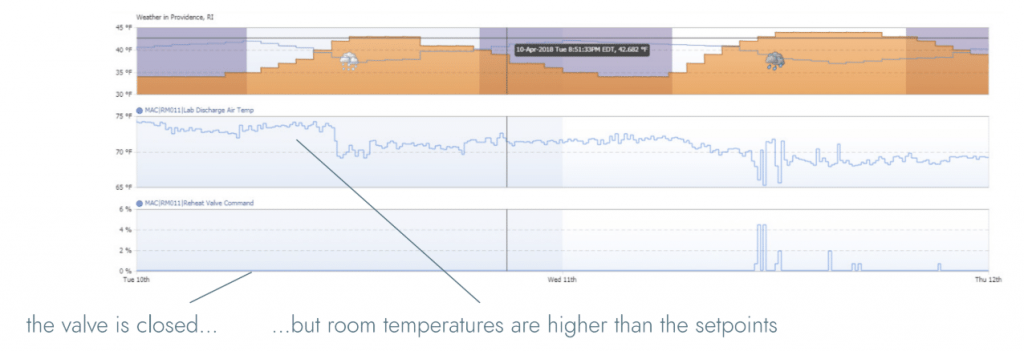Ongoing Optimization
Sometimes, things break.

Facilities managers know this better than anyone. At any given time, there could be dozens or even hundreds of small (and not-so-small) failures in a campus’s HVAC systems. The trick is locating the problem.
Building automation systems (BAS) have greatly improved our ability to manage building temperatures, adjust lighting levels, and control systems to maximize occupants’ comfort and save on energy costs. But with increased amounts of data to follow, pinpointing where equipment is failing can be like finding a needle in a haystack.
What if we had a way to identify problems faster?
It turns out we do. GreenerU has a unique approach to ongoing optimization called Greener OPx. This is a process of continuous measurement to support building energy analysis and control, using software that draws data from the building automation system and can be programmed to a building’s custom settings.
Why ongoing optimization?
Enhanced building automation systems (BAS) can tell you when there’s a problem with occupant comfort. GreenerOPx will tell you when a system is wasting energy in the process of delivering occupant comfort. Greener OPx is built on the SkySpark platform, which draws data from the building automation system and manages and analyzes it, alerting facilities managers to problems that may otherwise go undetected.
SkySpark combines data streams with pre-programmed logic to identify problems and malfunctions as soon as they happen—before they waste energy or severely impact occupants. SkySpark first identifies problem areas and shows a “spark,” an indication of a problem. The spark tells building engineers where to investigate further and make fixes.
How GreenerOPx works
SkySpark software will alert building managers to issues with equipment connected to a building automation system by showing a “spark”—in the case illustrated below, a reheat valve sensor problem.

A closer look displays the problem: even though the reheat valves were closed, room temperatures were greater than the temperature of the air supplied in about 60 locations within the building.

What was happening?
Three things: (1) the reheat valve movement did not match the commanded position; (2) the unoccupied schedule was not in place; and (3) the building’s hot-water temperature was set to 180 ̊F, instead of 95 ̊F as designed—in short, three conditions contributing to energy waste.
Luckily, the fix was easy. Operations immediately reprogrammed the stroke times of the valves; occupant scheduling was implemented; and hot-water temperature setpoints were corrected to 95 ̊F—which saved the customer $36,000 in annual energy costs.
Through SkySpark detection, a $1,000 fix of a faulty reheat valve saved one customer $36,000 in annual energy costs.
Other types of issues Greener OPx has identified include fume hood sashes left open, occupancy schedules overridden, and sensors out of calibration. In each of these cases, GreenerU and/or the client can more easily identify the issue, then determine the best course of action moving forward.
